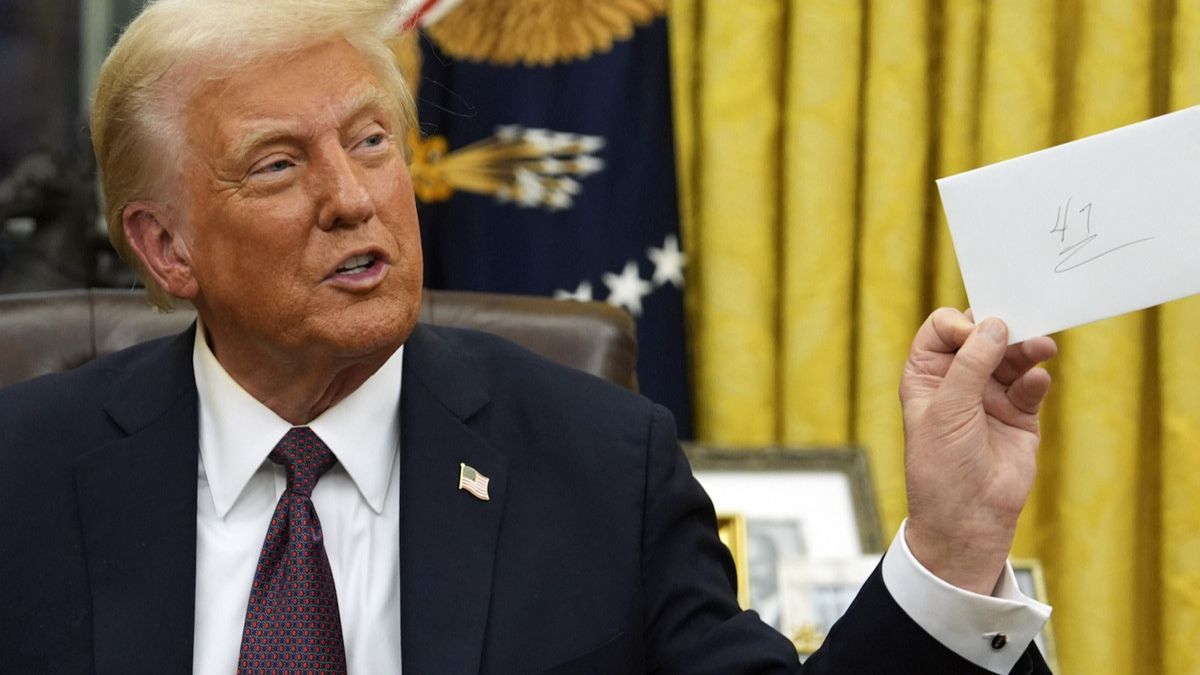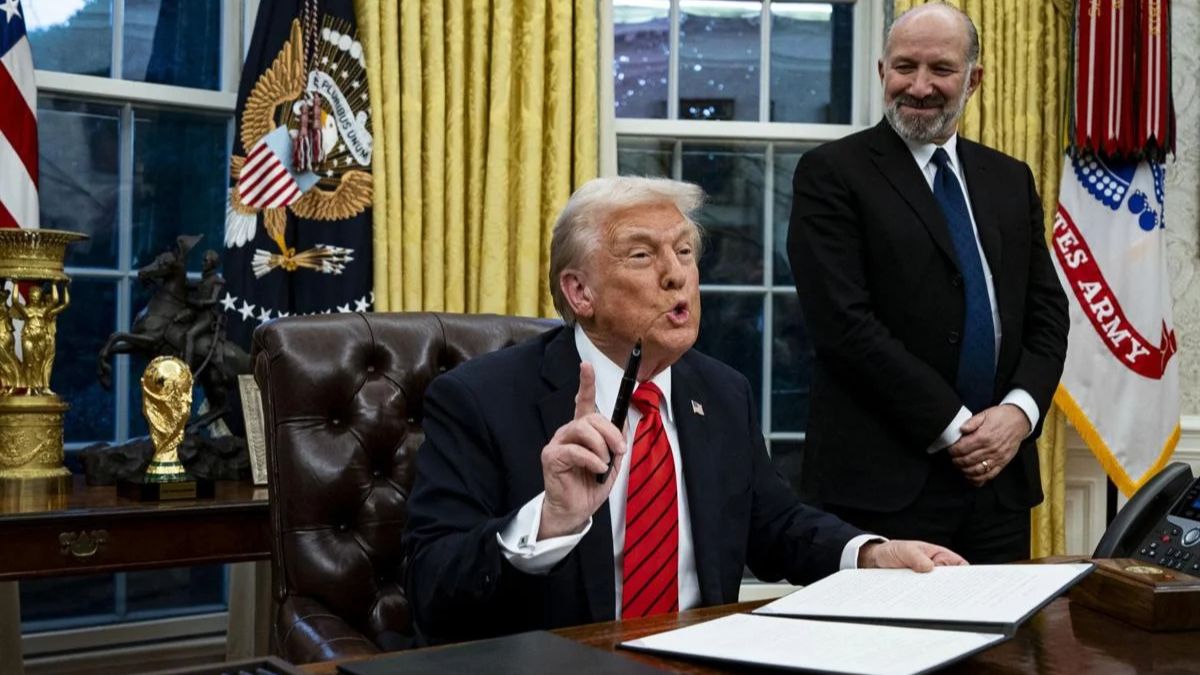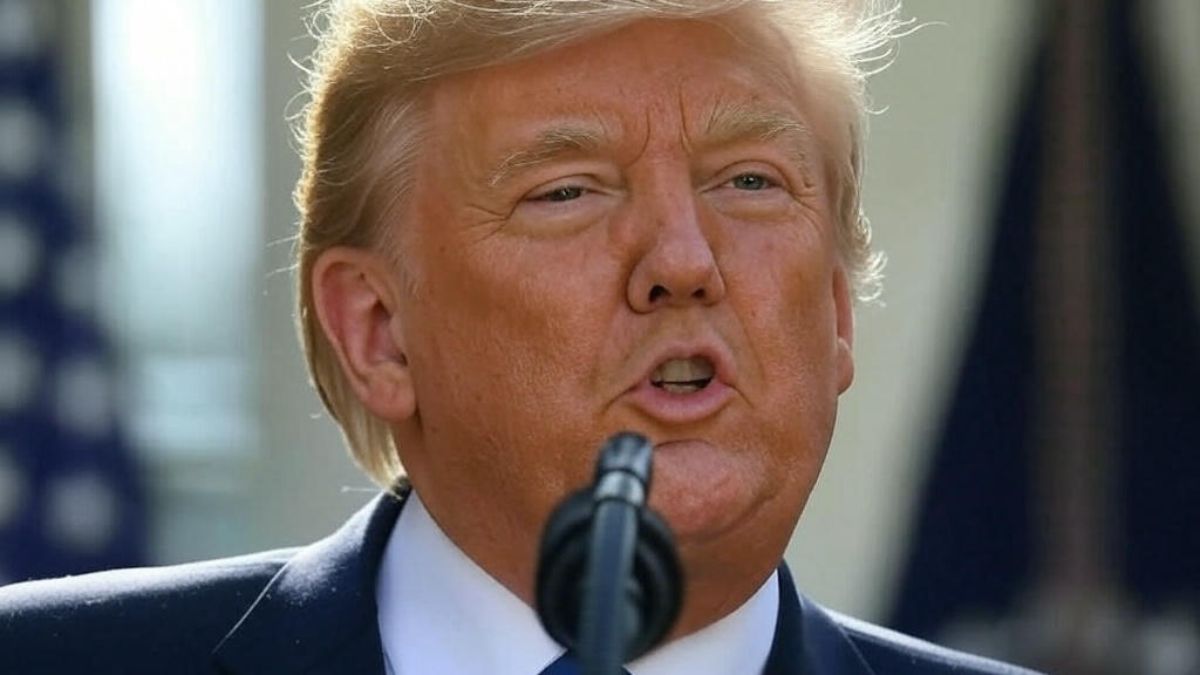Donald Trump is gearing up for a dramatic return to the Oval Office, promising a whirlwind of action right out of the gate. But as he readies his playbook of border reforms, tax cuts, and oil exploration incentives, the raging wildfires in Los Angeles threaten to steal the spotlight—and the funds.
A Fast Start, With Smoke on the Horizon
Determined to avoid the early blunders of his first term, Trump’s team has meticulously lined up executive orders and legislation to make an immediate impact. Monday will see him sign orders from behind the Resolute Desk, followed by a trio of black-tie inaugural balls. Yet, even as he aims for this grand debut, the devastation in California looms large.
Billions of federal dollars will likely be needed to rebuild homes and communities, posing a challenge to Trump’s GOP allies, who remain staunch advocates for cutting government spending. His quick finger-pointing at Democrats and progressive policies over the fires shows where his priorities lie—far from opening the federal checkbook for a solidly blue state.
A “Fix-It” Persona—or a Political Gambit?
Trump is considering a visit to Los Angeles, where he’d confront Governor Gavin Newsom and Mayor Karen Bass—two figures he’s already blamed for the disaster. Such a trip could serve as a chance to showcase his “builder” instincts and rebrand himself as a problem-solver.
“It’s worse than anything on TV,” Trump told Newsmax, slipping on his metaphorical developer hat. He hinted at “rebuilding” Los Angeles with the enthusiasm of a real estate mogul eyeing his next big project.
Presidential visits to disaster zones are a double-edged sword. They can project empathy and resolve, but they also put the president squarely in the hot seat for leading recovery efforts. An empathetic photo-op in Los Angeles might soften some of the lingering criticism from his first term—but it could also saddle him with expectations for a massive, long-term federal commitment.
“The president plans to visit California soon,” an advisor said, leaving the timing—and the political calculus—up in the air.
A Test of Leadership—or Lack Thereof
The wildfire crisis in Los Angeles has handed Donald Trump a fresh challenge: proving he can govern as a president for all Americans. However, his track record from the first term raises questions about his approach to disaster relief—particularly when it intersects with partisan politics.
Trump has previously floated the idea of withholding disaster aid as a political bargaining chip. In one notable instance, he resisted sending aid to Puerto Rico after Hurricane Maria, accusing local leaders of incompetence and misusing funds. His reluctance to act quickly or empathetically often highlighted a troubling pattern—placing personal or political interests above broader national welfare.
The COVID-19 pandemic offered a glaring example of this conflict. Trump’s initial commitment to pandemic mitigation eroded as it became clear the crisis could damage his re-election campaign. Similarly, during his presidency, he tied disaster aid for California wildfires to Governor Gavin Newsom’s compliance with federal demands on water management. “If he doesn’t sign those papers, we won’t give him money to put out all his fires,” Trump declared in September—revealing a strategy that seemed more punitive than problem-solving.
Blame Games and False Narratives
Even before investigations into the wildfire’s causes, Trump blamed Democratic policies for the crisis, claiming environmental measures were to blame for water shortages. Fact-checkers debunked his claims, but that didn’t stop him from amplifying conspiracy theories on social media, like blaming climate change on Democrats.
Withholding aid or amplifying misinformation, especially during disasters, could further polarize the nation. While Trump’s base might see his actions as a firm exercise of federal power, such moves risk alienating the wider public. Addressing the wildfire aftermath will require more than rhetoric—it demands leadership that transcends party lines. But if history is any guide, Trump may continue to govern by confrontation rather than collaboration.
California officials, already juggling the fallout of catastrophic wildfires, must contend with the unpredictable nature of Donald Trump’s leadership. For Governor Gavin Newsom, whose ambitions and progressive agenda often clash with Trump’s vision, maintaining a productive relationship with the president-elect is no easy task.
Newsom’s letter to Trump struck a careful balance. Reflecting on past collaborations during wildfire crises, he urged unity, cautioning against politicizing human tragedy. “Hundreds of thousands of Americans—displaced from their homes and fearful for the future—deserve to see all of us working in their best interests,” Newsom wrote, appealing for a nonpartisan recovery effort.
As flames devastate Los Angeles, their smoke has reached the halls of Washington. Trump’s agenda, already constrained by a razor-thin Republican majority, now faces the added challenge of disaster aid debates. House Speaker Mike Johnson hinted at attaching conditions to California’s aid, citing alleged mismanagement by state and local leaders. Such remarks drew sharp criticism, with concerns that tying disaster relief to political demands could set a dangerous precedent.
Bipartisan Backlash
Democrats swiftly condemned the notion of conditional aid. Florida Rep. Jared Moskowitz warned of the Pandora’s box such a policy could open, stating, “Disaster aid must stay nonpartisan.” Similarly, New York Rep. Jerrold Nadler decried the idea of using federal assistance as a bargaining tool, labeling it “shameful” and harmful to those in urgent need.
As Newsom and other California leaders navigate these treacherous waters, the stakes are clear: finding a way to secure aid without further inflaming political tensions. Whether Trump and Congress can rise above partisanship remains an open question—one with real consequences for millions of Americans left grappling with loss.




